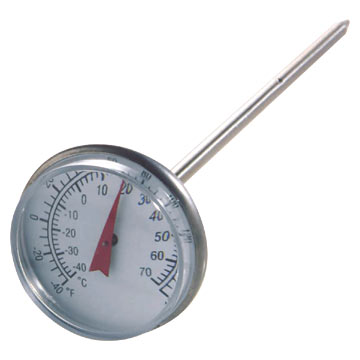I was purusing Facebook today, as I am wont to do, and happened upon this album.
It got me thinking about food safety. It’s basically up to us (as intelligent, rational human beings) to practice safe handling of food. That means if you find that something you bought at the grocery store has been opened or not sealed properly, you should
a.) Drink/use it as fast as it can so it doesn’t go bad
b.) Feed it to your dog
c.) Dump it down the drain and sue the producing company for contamination
d.) take it back to the store and exchange it for an unopened/sealed version
Correct answer? D!!! Hello, suing the company because a package has been tampered with or isn’t sealed properly probably won’t get you anywhere. Chances are, the seal broke or tampering happened AFTER the product was shipped to your local WalMart, Kroger, Costco, or other food supplier. Save yourself some headache and just return the stuff!
So, in light on this conversation, let me share with you some food safety tips. I think most of us know about food safety, but many of us (me included!) are completely lazy about it.
So the basics are:
Clean, Separate, Cook, and Chill
Clean – you should wash your hands often when preparing food. Obviously, wash your hands after you use the restroom – ESPECIALLY if you are preparing food – but seriously, wash your hands. That’s just gross. You should also wash all your surfaces. A friend of mine keeps a spray bottle of a bleach/water solution to spray on counter tops. While I don’t think that much disinfecting is always necessary (and might be a bad thing, if you’re killing all the good bacteria living in your house), it is a good idea to at least wipe down the counters as you go, perhaps with just a warm, soapy rag. Wiping down counters/dishes as you go will also help keep your kitchen clean as you cook! There’s always a way to kill two birds with one stone :D
Separate – raw meats and eggs, etc should be kept separate from ready-to-eat, or already cooked foods. I basically have the rule that if it’s going on the stove or in the oven, I can use the same knife, cutting board, etc. But if it’s going straight to the table, it gets a clean cutting board. A big thing people miss with this is GRILLING. A lot of people will take the raw steaks/hamburgers/kabobs out to the grill on a pan or platter, and slap the cooked meat right down on the same pan. EW. Please get a new tray for the cooked food. Please.
Cook – Everyone who cooks raw stuff should have one of these: 
Or, if you’re too tech-saavy for the old fashioned type, there are lots of digital options. I have to admit – I don’t take the temperature of my food when I cook it (shame on me) although I think I may ask for a food thermometer for my stocking for Christmas. I’m always nervous that I haven’t cooked my meat enough, but then it always ends up coming out dry. If I was taking the temperature of my meat like I should be, I would be able to cook my meat just long enough – so that it stays juicy and tender! Mm… a thermometer is also useful for heating up leftovers. Yes. You heard me right – you should heat up leftover food to kill the bacteria that are living in it. And I guarantee that there are bacteria in your leftover food. Why? Because it’s been sitting out on your table probably through the whole meal time. Keeping leftovers in the fridge doesn’t get rid of the bacteria – it just slows (hear that – slows, not stops – ever had moldy leftovers in your fridge? yeah. Yuck) the growth. So you need to make sure to heat it up sufficiently to kill the bacteria. Another place that little food thermometer would come in handy. I really gotta get me one of those. (You can even get them with cool little covers that have clips so you can clip them into your pocket. Talk about nerd)
Chill - “Bacteria grows fastest at temperatures between 40 ºF and 140 ºF (‘Known as the danger Zone’)” (from the USDA’s food safety website) If you chill your food promptly, you’ll reduce the risk of nasty bacteria growing in your food. My husband had a roommate in college who was a nutrition/dietetics major – this roommate thought milk was bad if it sat out on the table/counter for more than 30 minutes. That’s hardly long enough to have breakfast! But, in retrospect, he had a point. The longer stuff sits out at room temperature, the faster those bacteria multiply! Yuck.
Some more good tips from the USDA’s website:
Chill leftovers and takeout foods within 2 hours, (one hour when the temperature is above 90 °F) and divide food into shallow containers for rapid cooling. Cut the meat or poultry into smaller portions or slices, place in shallow containers, cover and refrigerate. Use the food within four days, or freeze for later use.
So there you have it – clean, separate, cook, chill. It’s as easy as one, two, three… er, four. Now go get yourself a thermometer (and a few extra cutting boards and knives) and keep your food safe!



